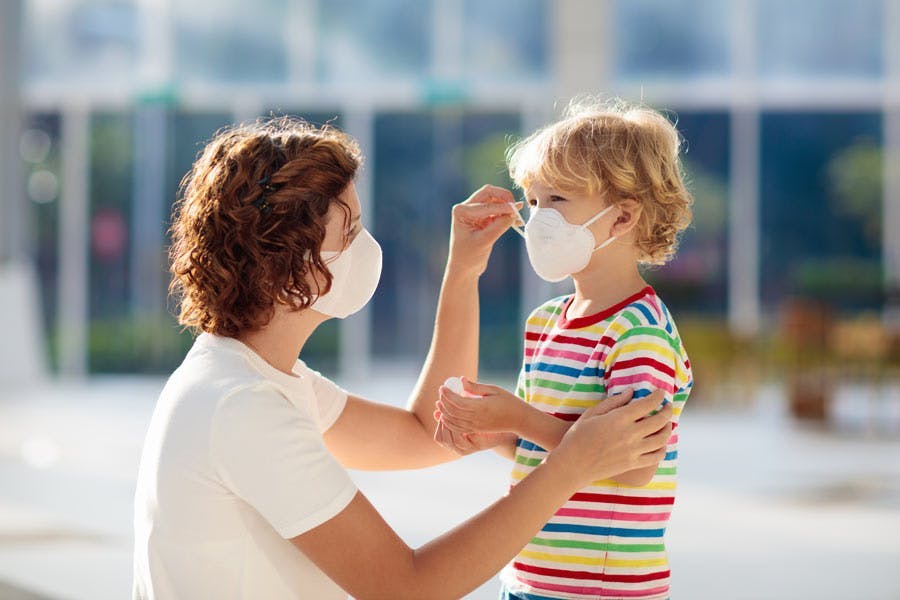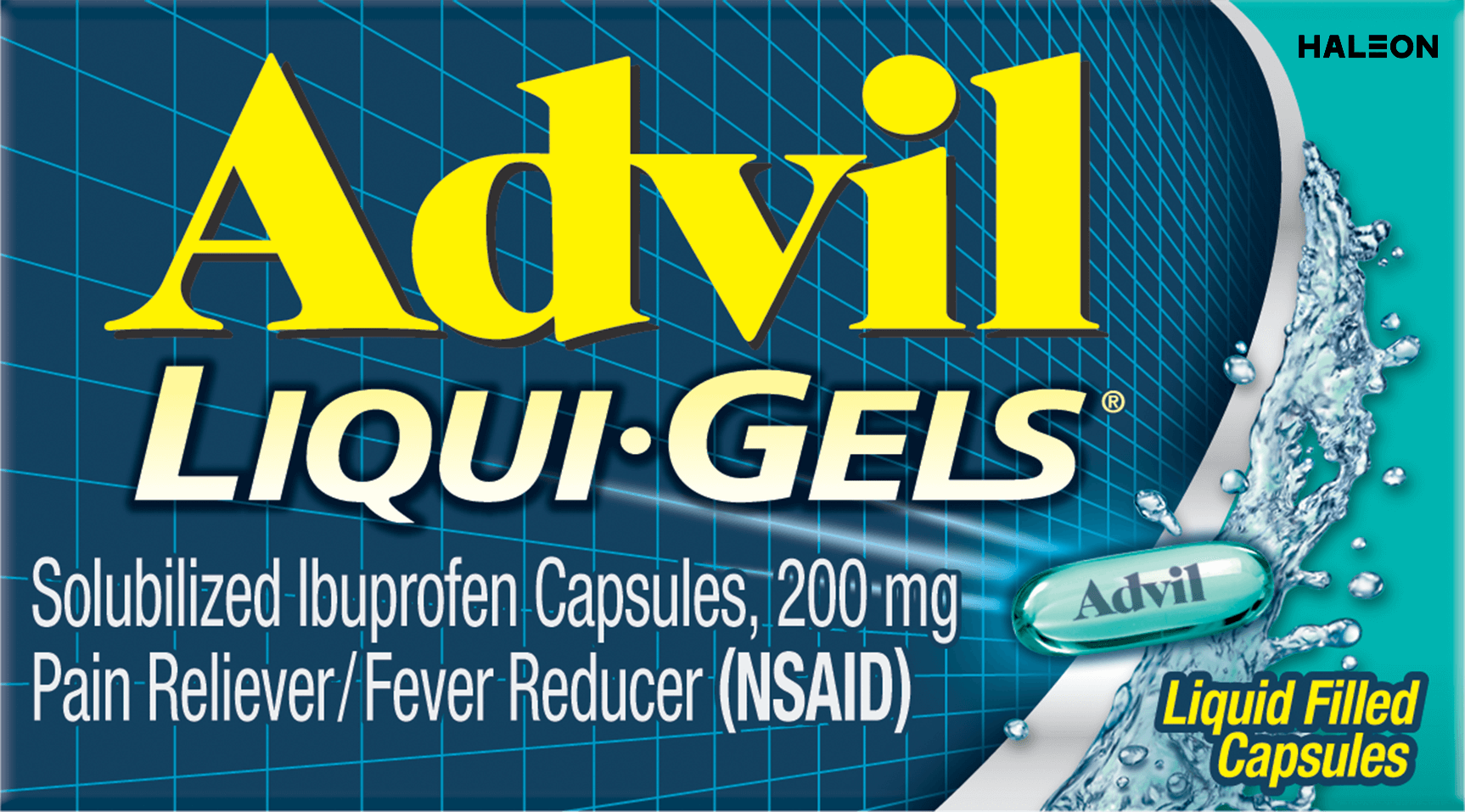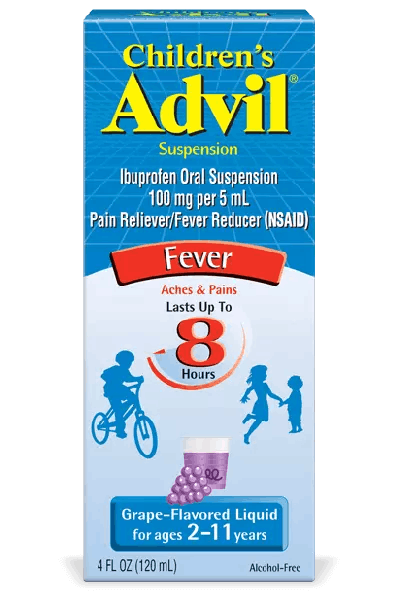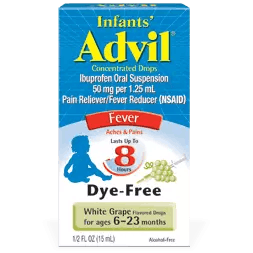Face Masks for Illness: Should I Wear a Face Mask When I’m Sick?

What is a face mask?
A face mask is a piece of material with ear loops, ties or a band that goes around the back of the wearer’s head, designed with the purpose of covering its wearer’s nose and mouth and helping protect against the spread of germs and disease.1
Face masks can include N95 respirators, surgical masks and cloth face coverings. As categorized by the FDA, an N95 respirator is a device that is designed to filter airborne particles in an extremely efficient manner with edges that form a seal around its wearer’s nose and mouth.2
A surgical mask is a protective device that guards its wearer against environmental contaminants such as airborne particles and liquids.2 However, unlike N95 respirators, surgical masks are not designed with edges that form a seal around the nose and mouth.2 N95 respirators and surgical masks are not suggested for everyday use, as current CDC guidelines recommend that these supplies be reserved for critical healthcare workers and medical first responders.3
Cloth face coverings are suitable for non-critical, everyday wear. You can make a cloth face covering at home3 from common materials like a t-shirt or fashion one out of household items like bandanas, coffee filters and rubber bands.3 A homemade cloth face covering should include multiple layers of fabric.3
When should I wear a face mask?
If someone you’ll be interacting with is sick with a fever or a cough or sneezing illness, wearing a face mask is a justifiable precaution to take.4 A person may release tiny drops of bodily fluids into the air when talking, coughing or sneezing. Wearing a face mask can provide a protective barrier that reduces the spray of bodily fluid and germs released into the air that may potentially infect other people.1
Whether you’re sick and want to protect others from catching your illness, or you want to protect yourself from the bodily fluids of others, wearing a face mask can help provide protection. However, face coverings and face masks for illness are only effective in preventing disease transmission when used in combination with other methods of intervention, such as cleaning hands with an alcohol-based hand rub or soap and water.5
How to wear a face mask when sick
If you choose to wear a face mask to help protect against the transmission of illness, it is important to know how to take it on and off properly. Before putting on a medical-grade mask, clean your hands with an alcohol-based hand rub or soap and water. Make sure that the mask covers both your nose and your mouth, without leaving any gaps between your face and the mask. When your mask becomes damp, replace it with a new one.5 Do not share or reuse disposable masks.2 After removing a medical mask, discard the used mask immediately and clean your hands with an alcohol-based hand rub or soap and water.5
If you’re using a cloth face covering, ensure that it fits snugly but comfortably against your face and is secured at the back of your head with a tie or around your ears with loops. Your cloth face covering should allow you to breathe without restriction.3 Machine washing is adequate for cleaning your cloth face covering.3
Looking for more information about respiratory health? Visit our Relief Center for additional resources.
Source Citations:
- How to Put on and Remove a Face Mask. San Francisco Department of Public Health. https://www.sfcdcp.org/communicable-disease/healthy-habits/how-to-put-on-and-remove-a-face-mask/. Accessed 04/08/20.
- N95 Respirators and Surgical Masks (Face Masks). U.S. Food & Drug Administration. https://www.fda.gov/medical-devices/personal-protective-equipment-infection-control/n95-respirators-and-surgical-masks-face-masks/. Accessed 04/10/20.
- Use of Cloth Face Masks to Help Slow the Spread of COVID-19. Sacramento County Department of Health Services. https://www.saccounty.gov/COVID-19/Pages/PublicHealthOrder_FAQs_Docs.aspx. Accessed 9/19/2023.
- When and how to use masks. World Health Organization. https://www.who.int/emergencies/diseases/novel-coronavirus-2019/advice-for-public/when-and-how-to-use-masks/. Accessed 04/10/20.
By clicking the link(s) above, you will be taken to an external website that is independently operated and not managed by Haleon. Haleon assumes no responsibility for the content on the website. If you do not wish to leave this website, do not click on the links above.







